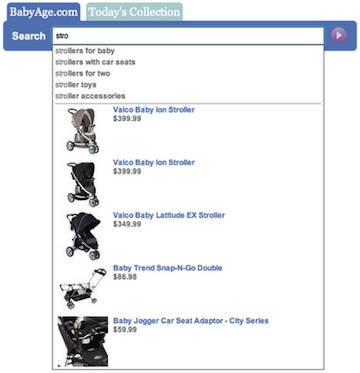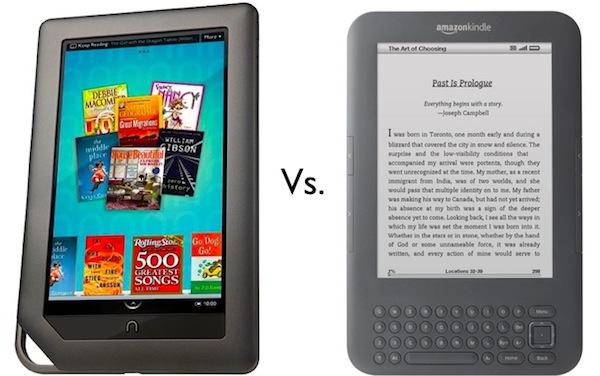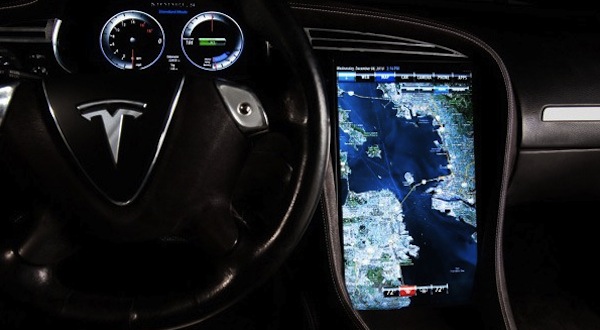With oddly simultaneous timing, a number of Apple's competitors have made bold statements alleging the iPad is poor in certain ways, not suited for particular uses, or even doomed to fail. You could be forgiven for thinking they're running interference because of fear. We marshall the evidence here.
Dell
Speaking to CIO Australia Dell's global marketing head (for large companies and public organizations) Andy Lark revealed his thoughts about the iPad. He "couldn't be happier" Apple's forged a whole new market, and has "done a really nice job" with a "great product." But Lark thinks Apple has a huge challenge ahead and "Android is outpacing them" because ultimately "open, capable and affordable will win, not closed, high price and proprietary."
Then Lark highlighted what he thinks is Apple's pricing and enterprise problem. "Apple is great if you've got a lot of money and live on an island. It's not so great if you have to exist in a diverse, open, connected enterprise; simple things become quite complex" he suggests, implying that iPads won't work in a business environment. Then comes the cost: "An iPad with a keyboard, a mouse and a case" will reach "$1,500 to $1,600; that's double of what you're paying," meaning it's too expensive for a business.
But that's just wrong. Why would you need a mouse with an iPad--hasn't Lark ever used one to realize its entire OS is touch-based? Gadget owners will also point out that no matter what device you buy, be it a Dell or an Apple, you'll need a case. Plus, the iPad case is just $40 and the plug-in keyboard unit is just $70--add in a $500 Wi-Fi iPad and you get to $610 or around $1,000 less than Lark suggests.
HP
Speaking in an interview on Monday, HP's SVP of the Americas Solution Partners Organization Stephen DeWitt dissed Apple's enterprise business future: Its "relationship with partners is transactional, completely. Apple doesn't have an inclusive philosophy of partner capabilities and that's just absurd." DeWitt thinks HP's upcoming webOS efforts will "bring new partners to us because we are getting into the application space, which involves muscles that we haven't exercised in some time"--implying the firm will be delivering an enterprise support ecosystem that'll appeal to business more than Apple's efforts do.
DeWitt seems to be ignoring some recent efforts by Apple to address its business clients with its Joint Venture business Genius solution--a system that is aimed specifically at addressing technological issues inside enterprise customers, and even includes visits from JV Genius's to business addresses.
Microsoft
Ten years ago Bill Gates championed a new format of laptop PC he dubbed a tablet, driven by an adjusted version of Windows that relied on a stylus for touchscreen entry and which could be ideal for educational or business uses. The devices, a slight variation on standard Windows-based laptops, did sell but never really transformed the market. That all changed when the iPad arrived, spurring an entire new market and selling by the millions.
Now a Microsoft exec, the global chief research and strategy officer Craig Mundie, has suggested the tablet PC game that Apple's inspired may be short-lived. "Mobile is something that you want to use while you're moving, and portable is something that you move and then use" he notes, remarking that "these [two uses] are going to bump into one another a little bit and so today you can see tablets and pads and other things that are starting to live in the space in between. Personally I don't know whether that space will be a persistent one or not."
Mundie's theory is that the technology of smartphones could rapidly advance to make tablets irrelevant--despite MS's own theories about the future of mobile computing. Does this explain why MS seems to have been pretty slow in embracing the current touchscreen tablet genre with a touch-friendly makeover for Windows.
Apple rolling ahead
Independent to all this seeming anti-Apple press, which conspiracy theorists may consider to have curiously coordinated timing, Apple's device just rolls on and analysts have estimated the firm has sold between 5 and 8.8 million units in the first quarter of 2011 alone. Considering that the international roll-out of the iPad 2 only began last week, these figures could easily be topped in the second quarter (assuming Apple's supply chain can cope). Some analysts have even increased their estimates for Apple's EPS figure--up a dollarto $23.25 for 2011.
 Weitz (pictured, right) understands the beauty of Google's accusations: incredibly easy to convey on the surface, while difficult to explain in detail. The initial news made for eye-grabbing headlines (Bing is copying Google's search results!); the longer explanation--involving clickstream data, Internet Explorer, the Bing toolbar--was less seductive and lost in translation.
Weitz (pictured, right) understands the beauty of Google's accusations: incredibly easy to convey on the surface, while difficult to explain in detail. The initial news made for eye-grabbing headlines (Bing is copying Google's search results!); the longer explanation--involving clickstream data, Internet Explorer, the Bing toolbar--was less seductive and lost in translation.







